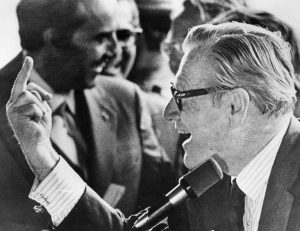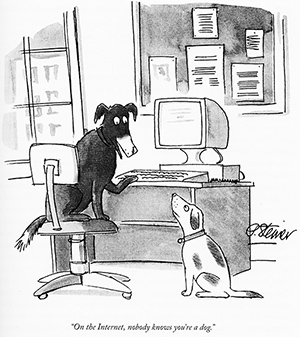In his book The Uses of the University, Clark Kerr mentioned several times that the modern university- or muti-versity as he calls it- places more emphasis on research over teaching:
(p6)“Teaching is less central than it once was for faculty members; research has become more important. This has given rise to what has been called the ‘nonteacher’-’the higher a man’s standing, the less he has to do with students.’ and to a threefold class structure of what used to be ‘the faculty’: those who only do research, those who only teach, (and they are largely in an auxiliary role), and those who will do some of both. In one university I know, the proportions at the PhD level or its equivalent are roughly one researcher to two teachers to four who do both.”
(p32) “It [UCLA] will soon have 100,000 students- 30,000 of them at the graduate level; yet much less than one third of expenditures are directly related to teaching. ” (p68) The mark of the university ‘on the make’ is a mad scramble for football stars and professional luminaires. The former do little studying and the latter little teaching, and so they form a neat combination of muscle and intellect.”
(p78) “If the faculty looks on itself as a guild, the undergraduate students are coming to look upon themselves as a ‘class’’; some may even feel like a ‘lumpen proletariat. Lack of faculty concern for teaching, endless rules and requirements, and impersonality are the inciting causes.’”
(p79) “Student pressures for better undergraduate instruction may be supplemented by the complaints of parents, who think their children are being sacrificed on the altar of research. Also, the public at large, whose attention has been riveted on the elementary and secondary schools as the ‘population bulge’ has affected them, may now turn its attention increasingly to the university level when the ‘bulge’ reaches there. Generally the public is more interested in quality of instruction than in quantity of research. The spotlight which the universities have helped turn on the teaching of others at lower levels may now be turned on their own. ”
(p83) “Teaching loads will be competitively reduced, sometimes to zero, although more teachers are needed and students are complaining about lack of attention. ”
(p85) “The balance is not equal treatment, the provision of equal time in some mechanical and eternal way between teaching and research.”
Clark Kerr is obviously concerned about the deterioration of the quality and quantity of teaching in modern universities in his book. What are your opinions on this issue? What do you think about the quality of instruction of the universities you have attended? Do you think the same thing as Clark Kerr mentioned in his book written in the 1960s is still jeopardizing and plaquing the modern university today? If you are the president of a university, who is supposed to be a “supergiant” balancing various aspects of the university, how would you balance the contradictories among research, teaching, administration, and public engagement? What kind of status should teaching have in a modern university- or multi-veristy, where external factors such as industry, society, government, and internal factors such as research, administration, and student development all exercise great impact on the university? And if teaching should indeed be improved and given more attention, what do you think are some of the measures that could be taken to achieve this purpose, from a policy level, the instruction level, the administration level, and from the students’ level?





